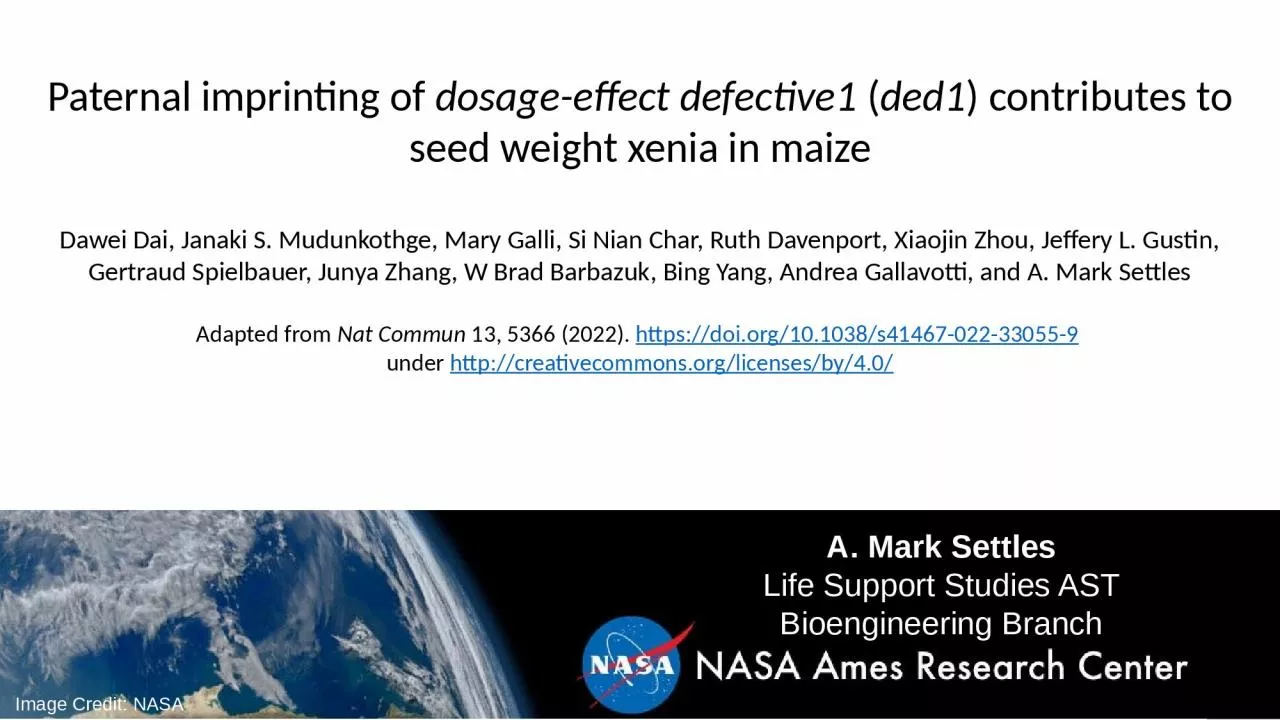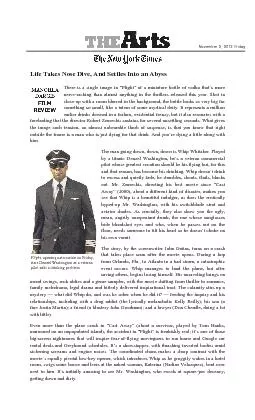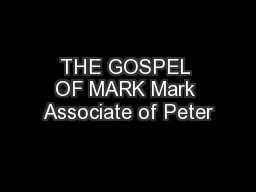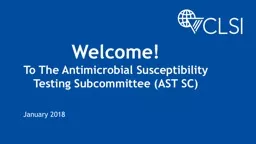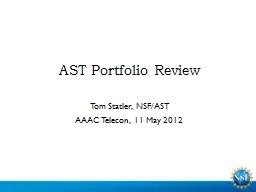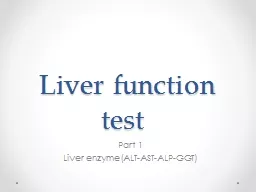PPT-A. Mark Settles Life Support Studies AST
Author : sophie | Published Date : 2024-03-13
Bioengineering Branch Paternal imprinting of dosageeffect defective1 ded1 contributes to seed weight xenia in maize Dawei Dai Janaki S Mudunkothge Mary Galli
Presentation Embed Code
Download Presentation
Download Presentation The PPT/PDF document "A. Mark Settles Life Support Studies AST" is the property of its rightful owner. Permission is granted to download and print the materials on this website for personal, non-commercial use only, and to display it on your personal computer provided you do not modify the materials and that you retain all copyright notices contained in the materials. By downloading content from our website, you accept the terms of this agreement.
A. Mark Settles Life Support Studies AST: Transcript
Download Rules Of Document
"A. Mark Settles Life Support Studies AST"The content belongs to its owner. You may download and print it for personal use, without modification, and keep all copyright notices. By downloading, you agree to these terms.
Related Documents

